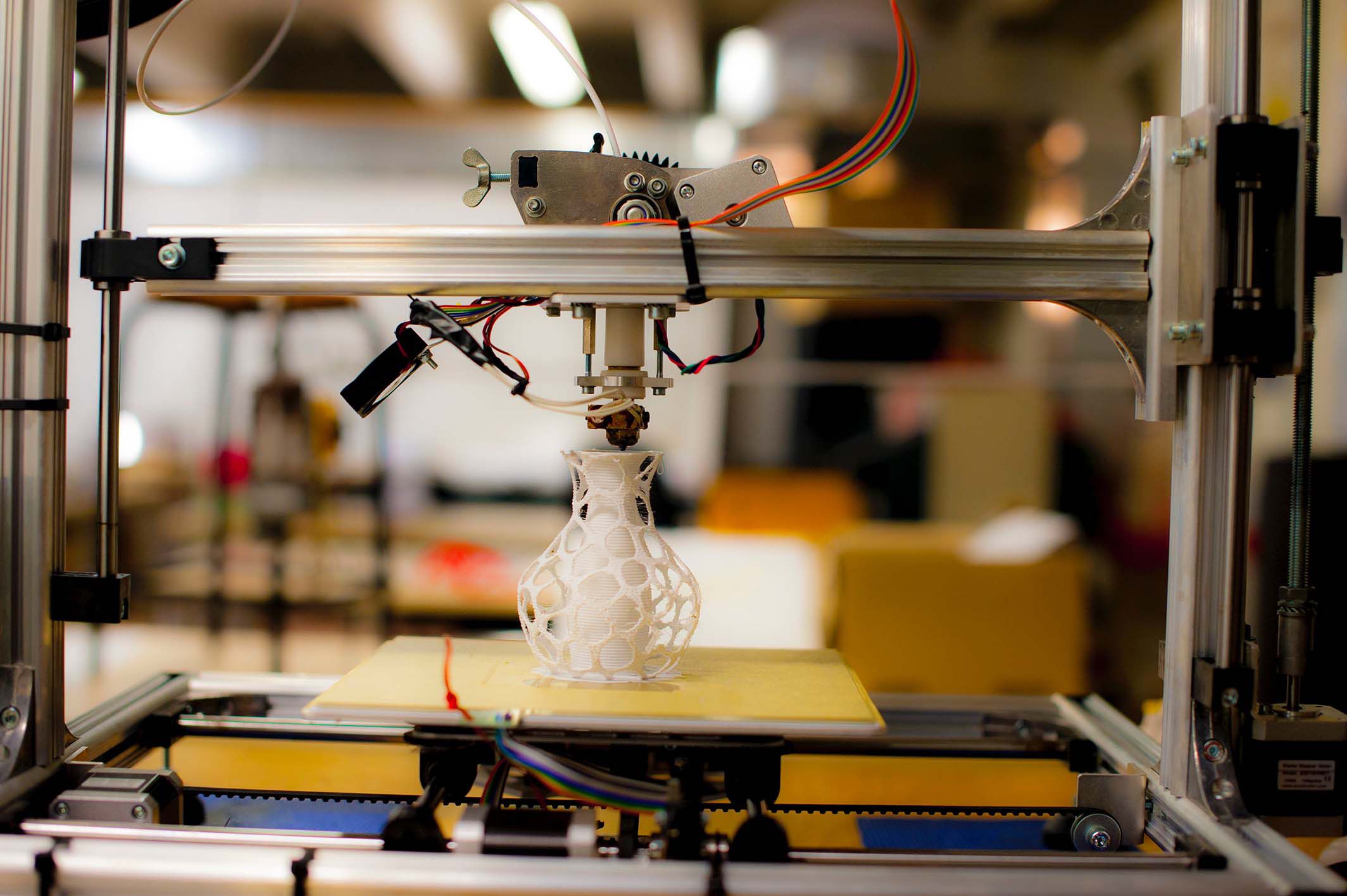Gamification has become an increasingly popular buzzword in recent years, and for good reason. It is a powerful tool that can turn mundane tasks into engaging experiences. From fitness apps that reward users for meeting their goals to education platforms that use games to teach complex concepts, gamification is everywhere. But what exactly is gamification, and why has it become so popular? Let’s take a closer look.
What is Gamification?
Gamification is the process of adding game-like elements to non-game contexts to motivate and engage people. These elements can include things like points, badges, levels, leaderboards, and challenges. By incorporating these elements, gamification can make even the most mundane tasks feel like a game, increasing motivation, engagement, and participation.
Why Has Gamification Become So Popular?
There are a few reasons why gamification has become such a popular trend. Firstly, it’s effective. Studies have shown that gamification can increase engagement, motivation, and participation in a wide range of contexts. Whether it’s getting people to exercise more, encouraging employees to complete training programs, or increasing customer loyalty, gamification has been proven to work.
Secondly, it’s fun. By turning tasks into games, gamification can make even the most tedious tasks enjoyable. This can make people more likely to stick with a task or program and can even help to create a sense of community among users.
Finally, it’s accessible. With the rise of technology, gamification has become more accessible than ever before. Anyone with a smartphone or computer can participate in gamified experiences, making it an effective tool for reaching a wide audience.
Examples of Gamification
There are countless examples of gamification in action. One of the most well-known is the fitness app, Strava. Strava encourages users to exercise more by allowing them to track their workouts, compete against others, and earn badges for completing challenges. This gamified approach has helped to turn exercise from a chore into an enjoyable activity for many users.
Another example of gamification can be found in education. Platforms like Duolingo use games to teach users new languages. By incorporating game-like elements such as points, levels, and challenges, Duolingo has made language learning more fun and engaging for users.
Gamification can also be found in the workplace. Many companies are now using gamification to motivate employees to complete training programs or to encourage healthy habits such as taking regular breaks or staying hydrated.
Conclusion
Gamification is a powerful tool that has the potential to transform how we approach tasks and activities. By incorporating game-like elements into non-game contexts, gamification can make even the most boring tasks enjoyable and engaging. As technology continues to advance, we can expect to see more and more gamified experiences, from healthcare to finance to education. Whether it’s getting fit or learning a new skill, gamification can help us to achieve our goals while having fun along the way.









